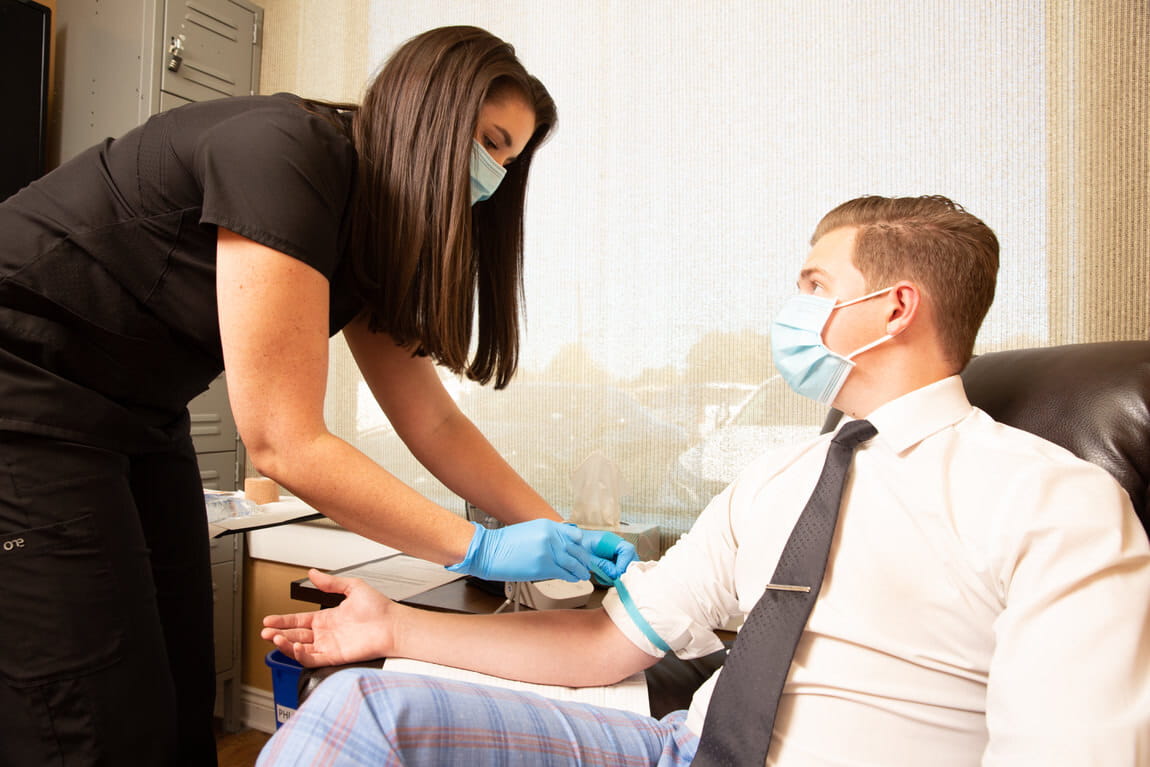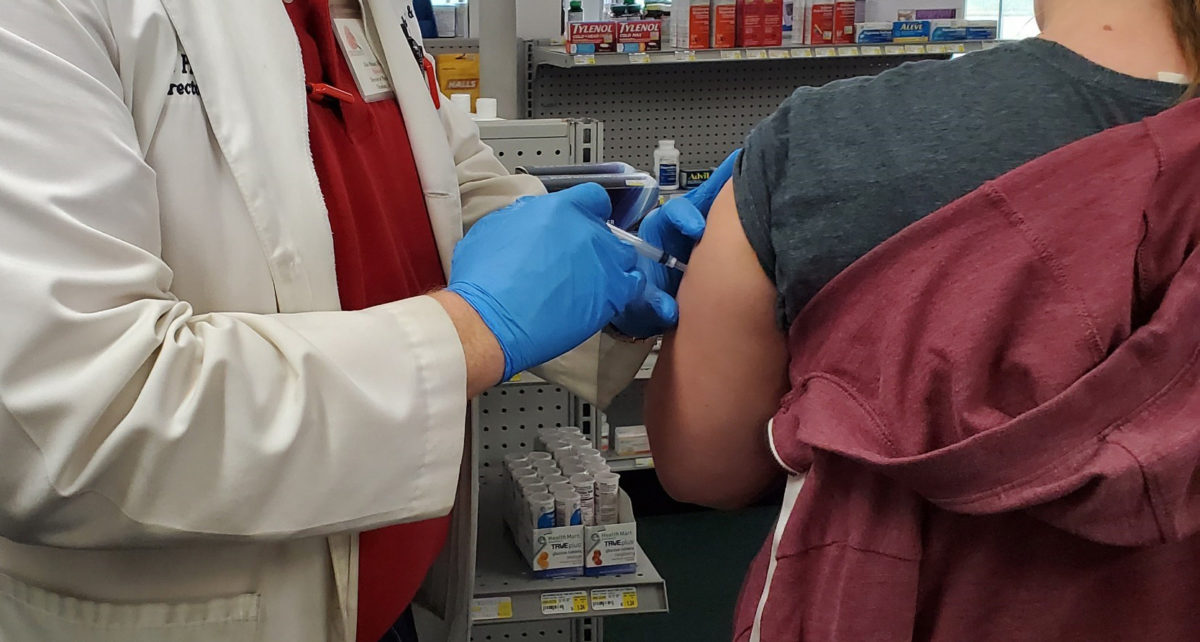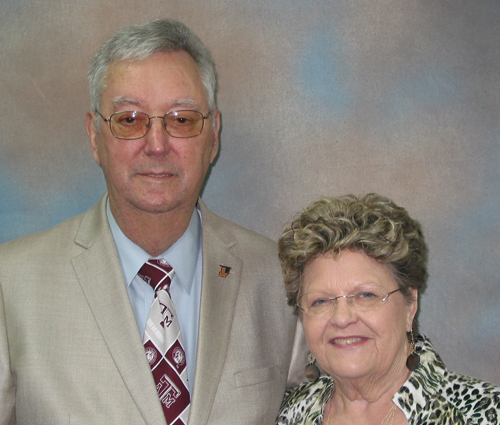When Salman Bhai, MD and his wife were looking around for a place to settle into their careers last year, they decided Dallas was where they wanted to be.
“We were looking for a place that would support us,” he says. “Both of our families are here. We’re originally from Dallas, so this has always been home.”
Along with coming home, Dr. Bhai wanted to bring to the area his expertise as a neuromuscular specialist and a myositis researcher. His goal is to build a regional multidisciplinary clinic that specializes in myositis care. Such centers exist in other areas of the country—Baltimore, Boston, Pittsburgh, Kansas City, for example—but they are notably lacking in the South.
In Texas, Dr. Bhai was given the opportunity to create this specialty care clinic and be part of vibrant clinical and scientific communities. He serves as the Director of the Neuromuscular Center at the Institute for Exercise and Environmental Medicine, a joint institute between the University of Texas Southwestern and Texas Health.
“We are developing a myositis center where patients don’t have to travel so far to get the care that they need and deserve,” he says. “It will also be multidisciplinary, so they don’t have to keep coming back and forth to see different specialists. We will have everyone in one place.”
Dr. Bhai was fascinated by neurology when he was in medical school. He found the nervous system to be especially interesting because of its complexity, and he knew there was a lot more to be learned about its function and impact on people’s lives. As a neurology resident, he gravitated toward patients with neuromuscular challenges and did clinical fellowships with some of the country’s most renowned myositis experts in Boston.
“Myositis patients have muscle disease as well as systemic involvement,” he says. “I especially enjoy speaking with patients and trying to understand the issues they have, because we can make a big difference. It requires multimodal care, and it’s a long-term relationship. These patients don’t just need medication. They need a good doctor-patient-caregiver relationship to help them achieve the best outcomes.”
Dr. Bhai is also an Assistant Professor of Neurology at the University of Texas Southwestern Medical Center where he cares for patients with a range of autoimmune neuromuscular conditions, including myasthenia gravis, chronic inflammatory demyelinating polyneuropathy (CIDP), and Guillain-Barré syndrome (GBS).
The myositis center will also be a research institute. Dr. Bhai is collaborating with other researchers at UT Southwestern on projects to better understand all forms of the disease and to develop new therapies to treat them.
Already there is a biobank in place where muscle biopsies and other de-identified patient specimens can be stored for research. The center will also serve as a site for clinical trials—Dr. Bhai currently serves as site investigator for nine clinical trials—where those with myositis can participate in testing of new therapies and diagnostics.
And because exercise is such an important part of the treatment plan for those with myositis, once COVID restrictions are no longer a problem, Dr. Bhai wants to include an exercise program in the mix. His hope is this will be a place where patients can come together not just for an exercise class, but to meet others who have their disease, share their experiences, learn from each other, and serve as a support network.
Raising awareness of myositis among new medical practitioners and trainees is also a priority.
“These patients are rare. You don’t see them every day,” Dr. Bhai says. “My hope is when trainees join me in clinic, they will see more of these cases than they might otherwise. Whether they’re trying to learn how to perform muscle biopsies or exercise testing, or they want to see what myositis looks like in a patient, I want to help support that.”
Dr. Bhai’s own research stems from his personal interest in exercise.
“I think muscle is quite beautiful and complicated, but we treat it too simply,” he says. “We think of it only as something that allows us to move. But in fact, it communicates with the rest of the body. Muscle tissue releases factors that influence your brain, your gut, and other muscles. Because of these factors, we know that exercise improves quality of life, it improves overall muscle health, and it improves mental health. Most people should exercise, even those who have a muscle disease like myositis.”
Dr. Bhai’s current research involves understanding why people with myositis experience exercise intolerance and fatigue, even when their disease is well-controlled. He’s trying to understand the biology of muscles, especially the mitochondria (tiny structures in the cell that generate energy). And he’s exploring genetic markers in the blood to see how these markers released by muscle tissue are different in those with myositis and how that produces the symptoms they feel.
“My goal is to create a partnership with a broad team,” Dr. Bhai says. “Not just with practitioners but also with the patient, the family, the caregivers, their pets, their support team. Everyone. I really want to have a patient-centered approach that brings change to those who live with this disease. That’s when patients get the best care.”









